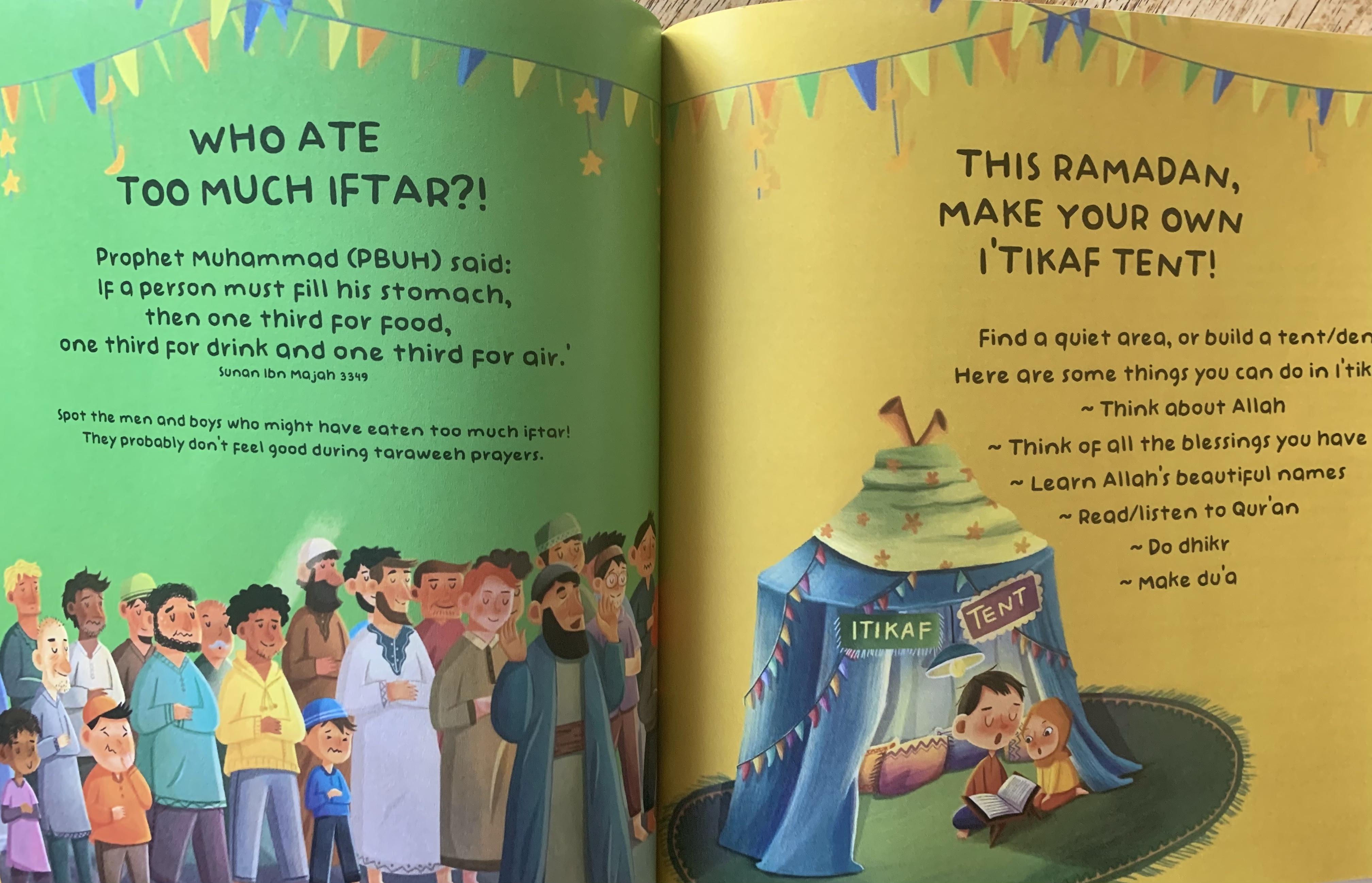
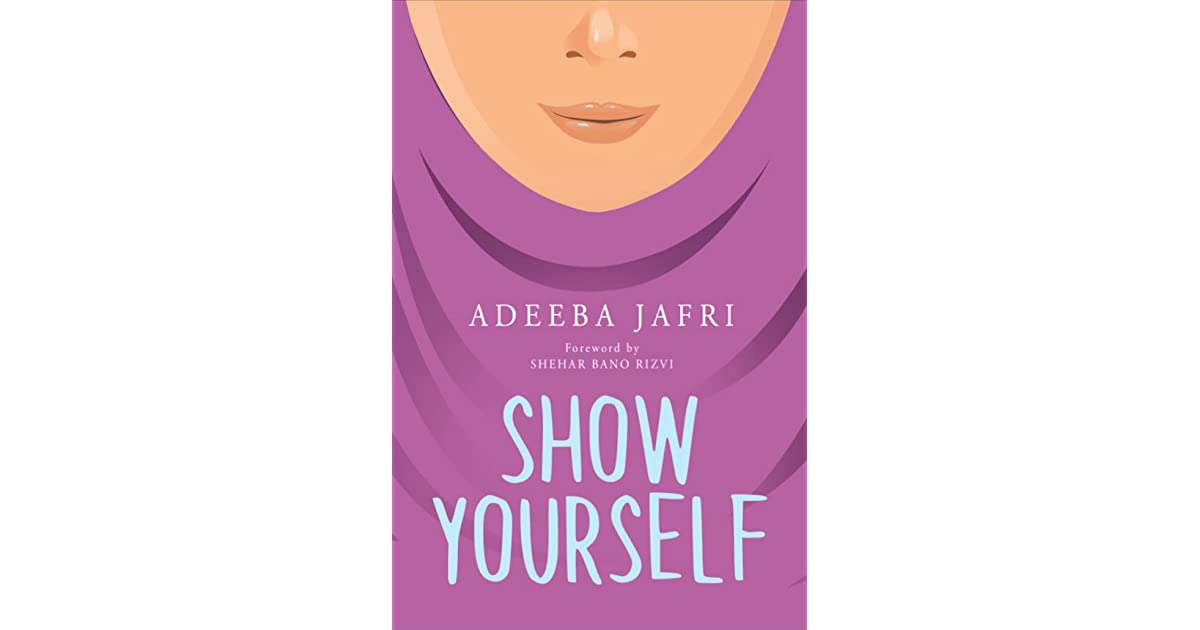
At 98 pages the book claims to be two YA mental health novellas that bring attention to mental health in a relatable and contemporary audience through Muslim characters. As someone with some experience in loving individuals going through some of the issues addressed in the book, I was thrilled that voices were making it on to the page and in a capacity to increase discussion about self-harm. Unfortunately, the presentation of the two short stories baffled me and I don’t think the book will find its way in to many YA reader’s hands. I don’t know why it is two novellas when the characters are the same and it very easily could, and should, have been fleshed out into a single longer novel. I think it would have shown a better well-rounded understanding on the importance of knowing and recognizing signs of someone struggling with their mental health, how coping skills aren’t often enough and outside help is needed, how assumptions and stereotypes further alienate those suffering, and just overall made the characters deeper and more relatable. Instead we get two isolated snapshots that subtly try to discuss mental health, but use a very immature cover story that misses the target audience. The book as is, is better suited for middle school readers, but I think even they would get a limited view of how to help those close to them, or reach out themselves if they are hurting. It needs to be five short stories with different characters and a unifying theme, or one complete novel. Unfortunately, as much as I wanted to share this book with my teen daughter so we could discuss, I couldn’t convince her to read it, which is unfortunate, because the author can write, it just isn’t tempting presented as it is.
SYNOPSIS:
The book is two novellas, the first focuses on three female Muslim friends and one’s little sister. The girls all go to school together, but are of different economic statuses, have different interests but support one an other, and have different family dynamics, that all come in to play. The close knit community means the parents are social with each other as well, and one parent or another is always picking or dropping them off at each other’s homes. When Hana gets a new phone, Aliya is clearly jealous, Lena tries to brush it off and keep the peace, but, when Hana’s phone goes missing, even she has to admit that “rebel” Aliya is looking guilty. As the girls search for the phone, Lena spends time with her family, goes to her brother’s robotics tournament and finally confronts Aliya. Aliya’s mom has disappeared earlier, and with her purple dipped hair, sudden influx of funds for Ubers and new accessories, the girls fight and Aliya pulls away. When Aliya and her dad don’t attend Hana’s younger sister, Sara’s ice skating performance, it seems the friendships are irreconcilable. Aliya, however, shows up to the after party things are revealed and amends are made.
The second novella is the story of what happened with Aliya’s parents, particularly her mother. Similar to Sara, Aliya’s mother was harming herself and eventually abandoned her family.
WHY I LIKE IT:
I like that it shows Muslims suffering, coping, and dealing with mental health issues. The topic is way too taboo and it effects all swaths of the human population, we need to normalize discussions about it. I wish the novellas would have stressed getting professional help more, sure it is great that Hana is going to try and put her phone down and pay attention to her younger sister, but that is not always enough. Aliya mentions that after her mom left her and her dad went to therapy, but the mom claimed to leave to get help and then never came back. I think there needs to be A LOT more emphasis on what “good” help looks like and what it can do to change lives.
The book is self published it seems through a publisher, so hopefully the author could ramp up the story telling, character building, and messaging, to really make the book shine. I don’t understand the title, I don’t know why it is under a hundred pages. I don’t know who the forward is written by. If you want to write a book about mental health you really need to have done a lot of research, not just necessarily your own experience, and you probably should have a bunch of letters after your name. Otherwise just write a work of fiction and touch on some of the issues that you want to support discussions about. The book seems to straddle committing to one or the other, and ultimately it falters because of it.
I do like that the characters are Muslim, the book is not preachy, some seem to be more religious then others, but it isn’t really part of the story. The characters’ culture and nationalities seem to be left intentionally vague. It mentions gossip from the ladies at the masjid, which I think should have been drawn out more. Really if you ask me, this is a great rough draft, it needs fleshing out is all, build it up to 250 pages and set out to reach middle school readers instead, and it will resonate and have the effect I think the author is hoping for.
FLAGS:
Self harm, abandonment, assumptions about a man Aliya seems to be sharing a meal with in a photograph, gossip, lying.
TOOLS FOR LEADING THE DISCUSSION:
Because it doesn’t seem to stress how to help and what help is out there, I don’t know that the book would be a great read for all. I think if you are looking to open a discussion with a small group of readers or individually, you may be able to assign the book and discuss in a safe environment.

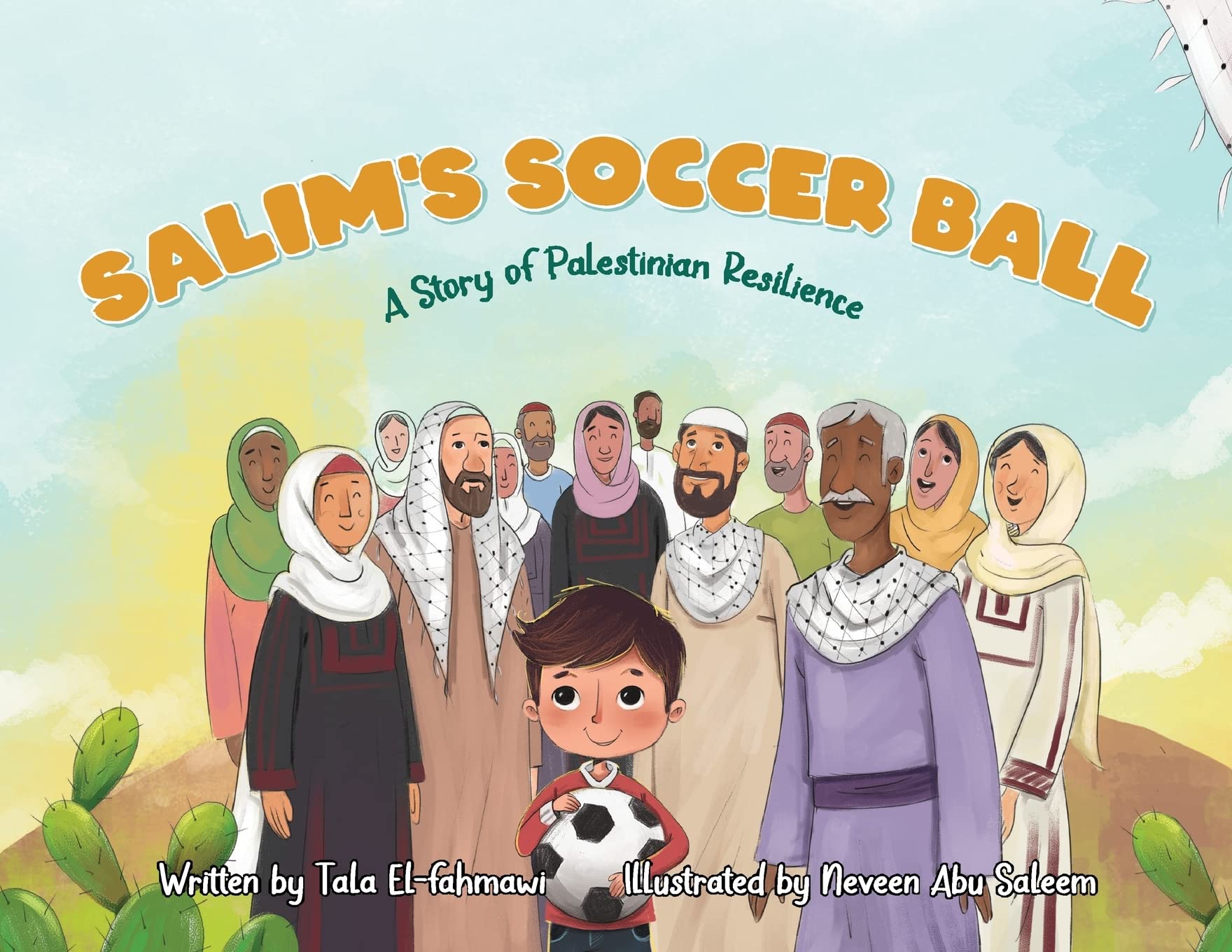










































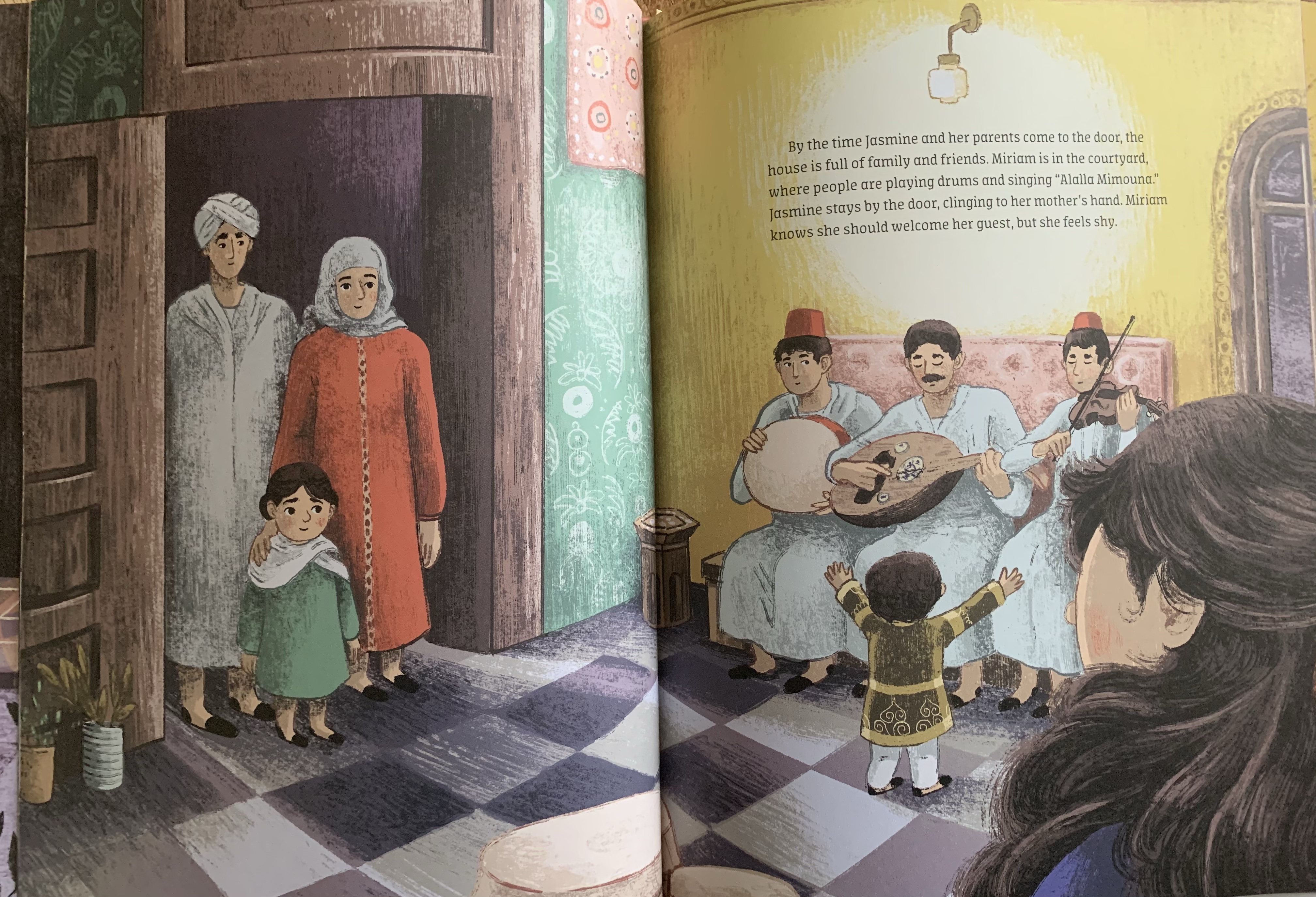


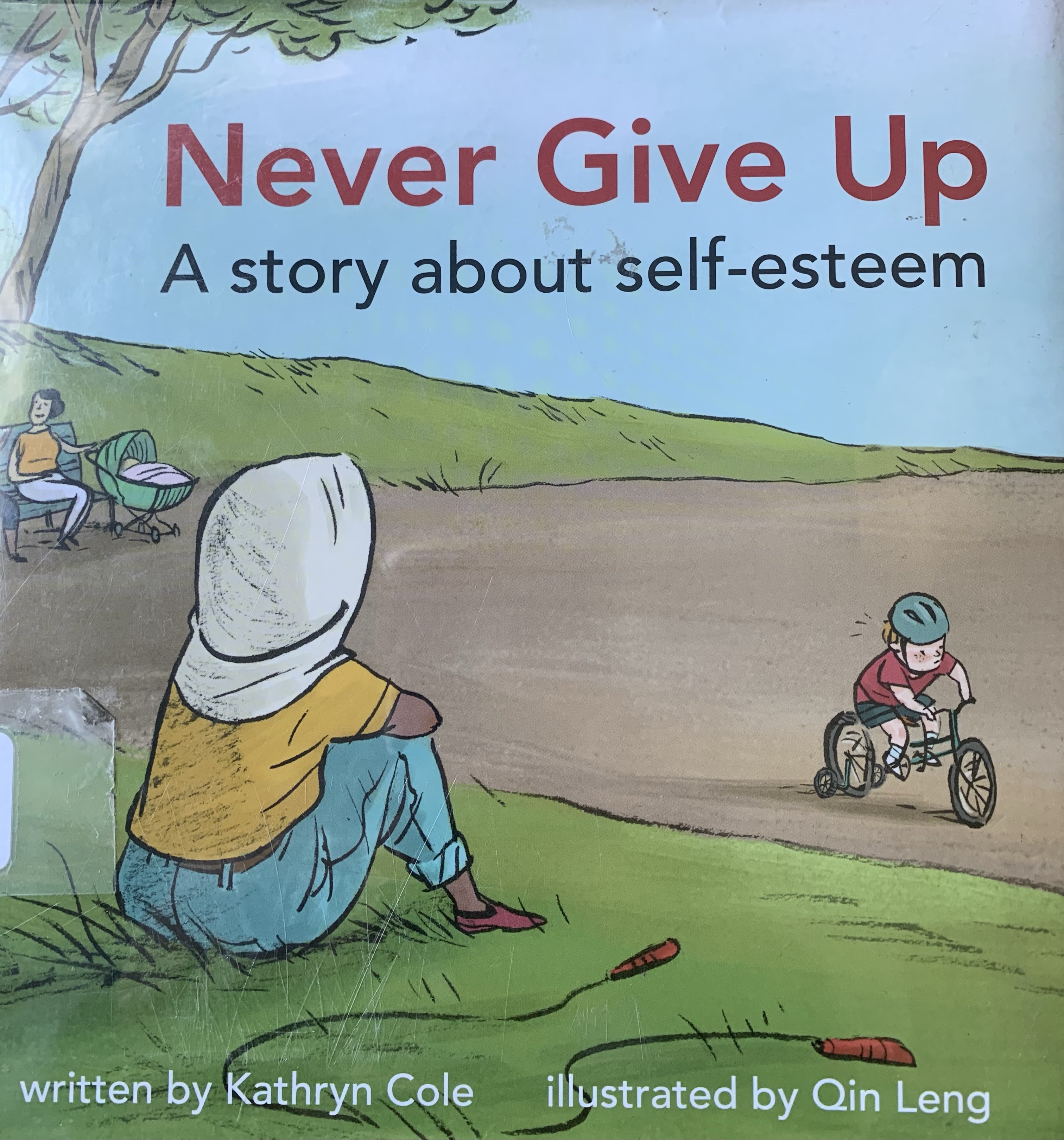












 I think the illustrations in this 40 page picture song book are my favorite of the new 2021 books. They are adorable and expressive and a big part of the story that the text alludes to, but doesn’t detail. They also are a big part of the activities at the end of the book that encourage children to go back and find different Ramadan and Eid concepts to discuss and further understand. I absolutely love that there is a glossary and a reference page that details and attributes the hadith implied in the simple sing song-y words. The chorus is to the tune of jingle bells, and while I struggled to maintain the rhythm, the chorus reappears and if you are able to sing the book, your children will love it even more, haha, my voice and lack of rhythm forced me to read it, but either way it is absolutely delightful and informative for toddlers and up.
I think the illustrations in this 40 page picture song book are my favorite of the new 2021 books. They are adorable and expressive and a big part of the story that the text alludes to, but doesn’t detail. They also are a big part of the activities at the end of the book that encourage children to go back and find different Ramadan and Eid concepts to discuss and further understand. I absolutely love that there is a glossary and a reference page that details and attributes the hadith implied in the simple sing song-y words. The chorus is to the tune of jingle bells, and while I struggled to maintain the rhythm, the chorus reappears and if you are able to sing the book, your children will love it even more, haha, my voice and lack of rhythm forced me to read it, but either way it is absolutely delightful and informative for toddlers and up.

